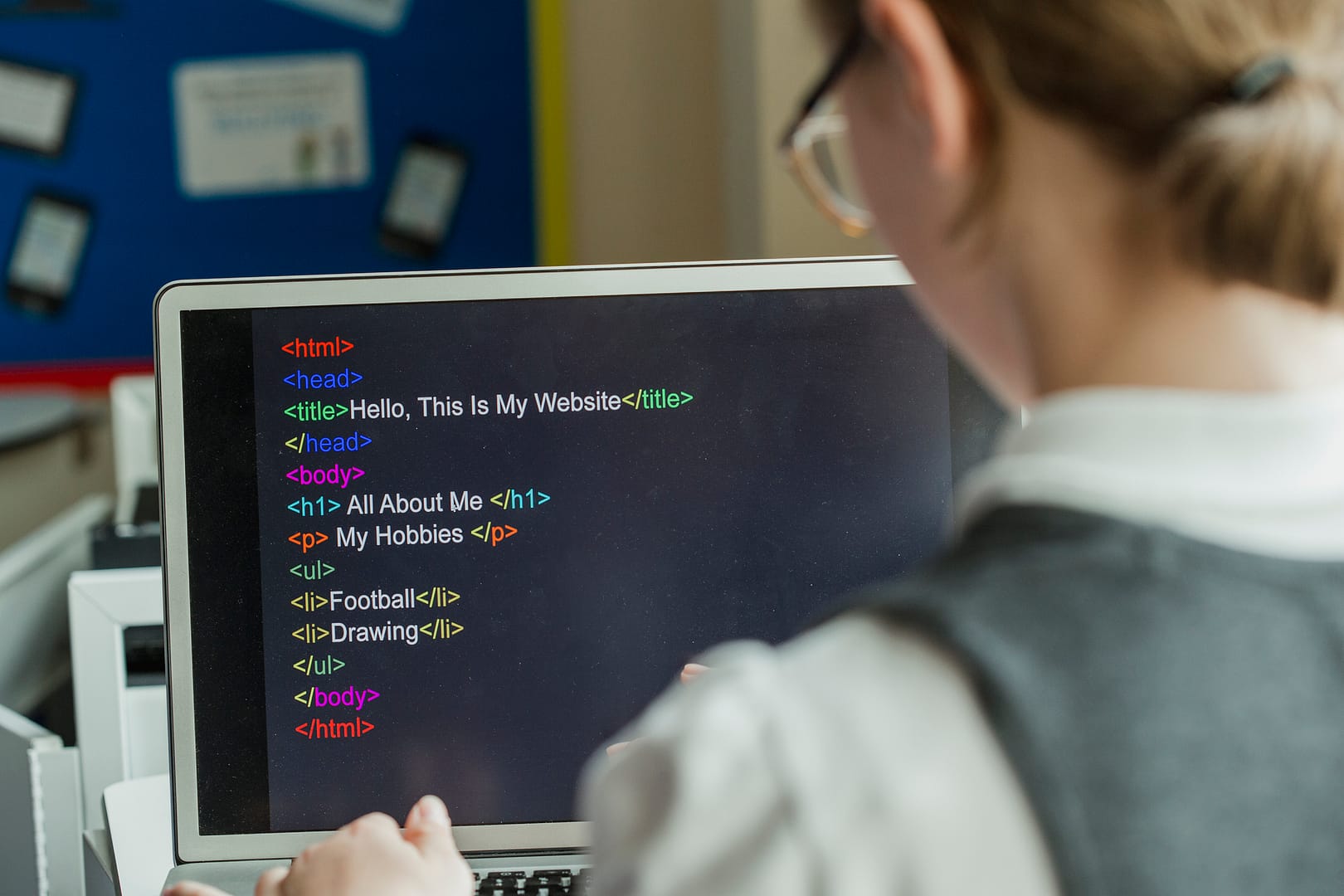Top Tips For Celebrating Coding Week In Primary Schools
Written by Kapow Primary
Published on 10th September 2021
Last Updated: 30th September 2024
Written by Kapow Primary
Published on 10th September 2021
Last Updated: 30th September 2024

“It’s National Coding Week,” we can hear you scream! Hooray! Or potentially not…
National Coding Week starts every year on the third Monday in September. Here are some top tips for how you can celebrate and get your class involved.
Teaching coding in primary schools is something that some teachers absolutely love teaching as part of their school’s primary Computing curriculum. They are usually quite happy to share their amazing work and pupil outcomes via their extensive social media network (making most of us feel pretty green with envy). You can see it on any computing Facebook group or fancy consultants’ Twitter feed – look, those Year 1’s have managed to code a robot to make the school dinners!
But we’re aware that, for a number of teachers, coding is still something of an alien language, even after a number of years of trying to teach it to children who can be way ahead of their teacher in terms of subject knowledge one minute and then unable to save a single word document to the correct folder the next.
So we’re here to say: put all these concerns aside for one week and jump on board with something that pupils love, is completely engaging and supports problem-solving, instructional writing, clarity of thought and mistake spotting. It can be a whole lot of fun… even if it feels a bit like dipping your toe into the deep end!
These two lessons are a great place to start to help you make the most of Coding Week!
Year 2: Programming: Tinkering with code
Year 3: Programming: Tinkering with Scratch
Like we’ve said, we know coding worries some teachers. But your innate teaching and questioning skills will keep you going even if you’re usually more at home with a textbook. You know how to gently support pupils and how to encourage them to deepen their learning even if you’re not that confident with the subject knowledge yourself. You can learn something alongside them and enjoy the spark of creativity that can sometimes fill the ICT suite.
Have we mentioned that coding worries some teachers? If that’s the case, then try to embrace peer-to-peer support. Allow mixed-ability groups to work together so pupils can support and challenge each other. Children have an intrinsic shared love of technology, and this can sometimes help pupils of varying ability come together and work harmoniously — producing surprisingly advanced programming ideas and results.
Try a different approach and get off the devices. There are tonnes of unplugged computing resources available, but any activity that involves troubleshooting mistakes, breaking down problems or writing clear and accurate instructions can work well. This Kapow Primary KS1 Computing lesson on Unplugged debugging will support you in taking your first steps into this type of learning.
At this point, most of us will have worked with Scratch or a similar block coding program with our pupils, but there is a huge amount of alternative coding language options out there. Why not have a go at HTML, Python or some physical computing like with the BBC Micro:bit? Expose pupils to greater variety and watch their confidence grow. The very essence of digital literacy, a key part of the curriculum, is pupils being able to:
Therefore the more coding languages pupils have been exposed to, the more options they have to successfully achieve their aims in the future and to improve and develop their digital literacy skills. If you need a little help, try this KS2 lesson in Python.
Putting pupils on a coding app or website (we personally like one called A.L.E.X. although you can’t go wrong with a classic Bee-bot) and defining it as a computing lesson is probably not for the best. If your pupils play any online coding games, they need to understand how this links to computational thinking. They are usually representations of simple algorithmic thinking. You can demonstrate this by gathering the children at certain points of the lesson to remind them that computers only work with clear and accurate instructions — just like the characters in their games. If you’re not precise in your game, you won’t succeed. If you’re not accurate with your code, your computer program won’t work properly.
Remember “tinkering” is a key element of the national curriculum. Share great ideas. Discuss when things don’t go to plan. Let them make mistakes. They’re unlikely to cause a great disaster and delete the entire school network. One great idea is to allow all the pupils to create a game in Scratch and then at some point in the lesson choose one to be demonstrated in front of the whole class. Can the other children work out how that game was designed and replicate it themselves? Or even make advances on the initial idea? In fact, why don’t you join in with the game creation? There’s nothing a group of eager new pupils enjoy more than their teacher getting involved and demonstrating their own growth mindset. Ultimately, coding is meant to be a creative enterprise that can make the most amazing ideas and concepts become a reality. So get involved, explore and have fun!